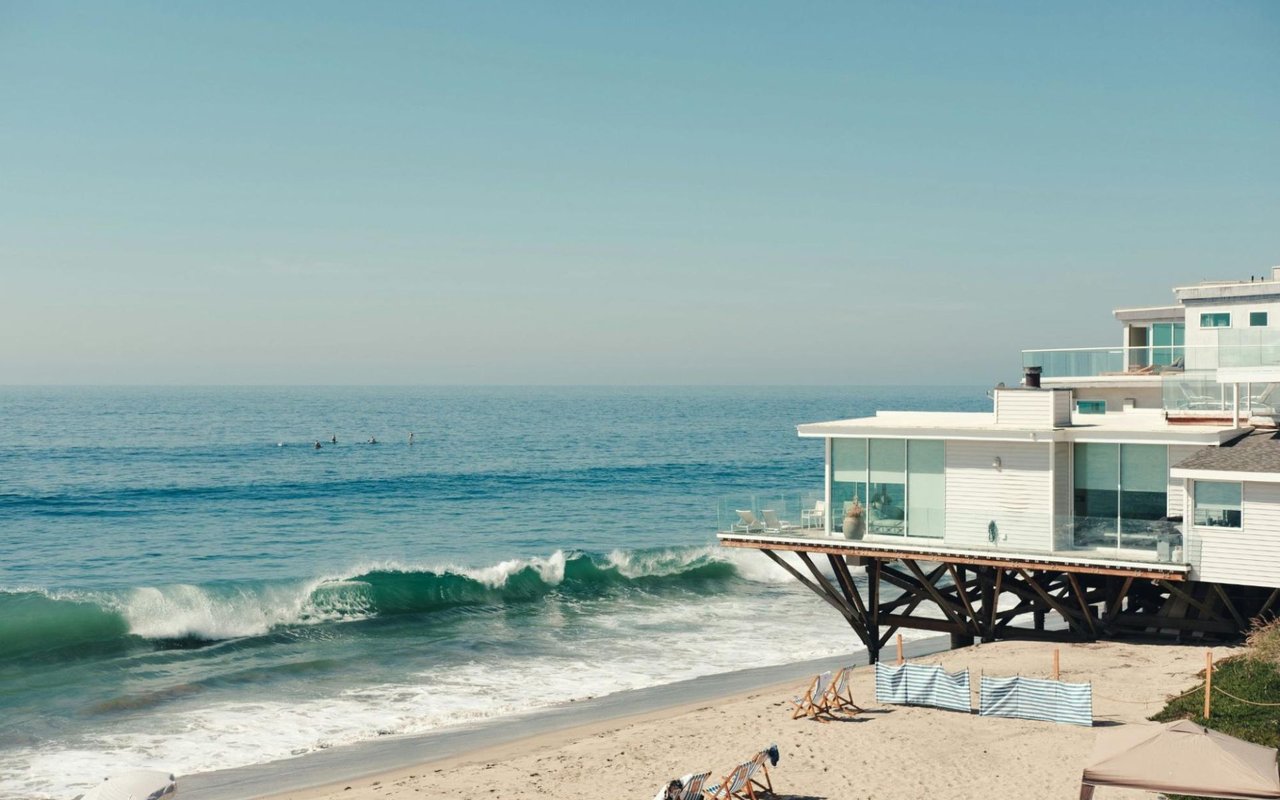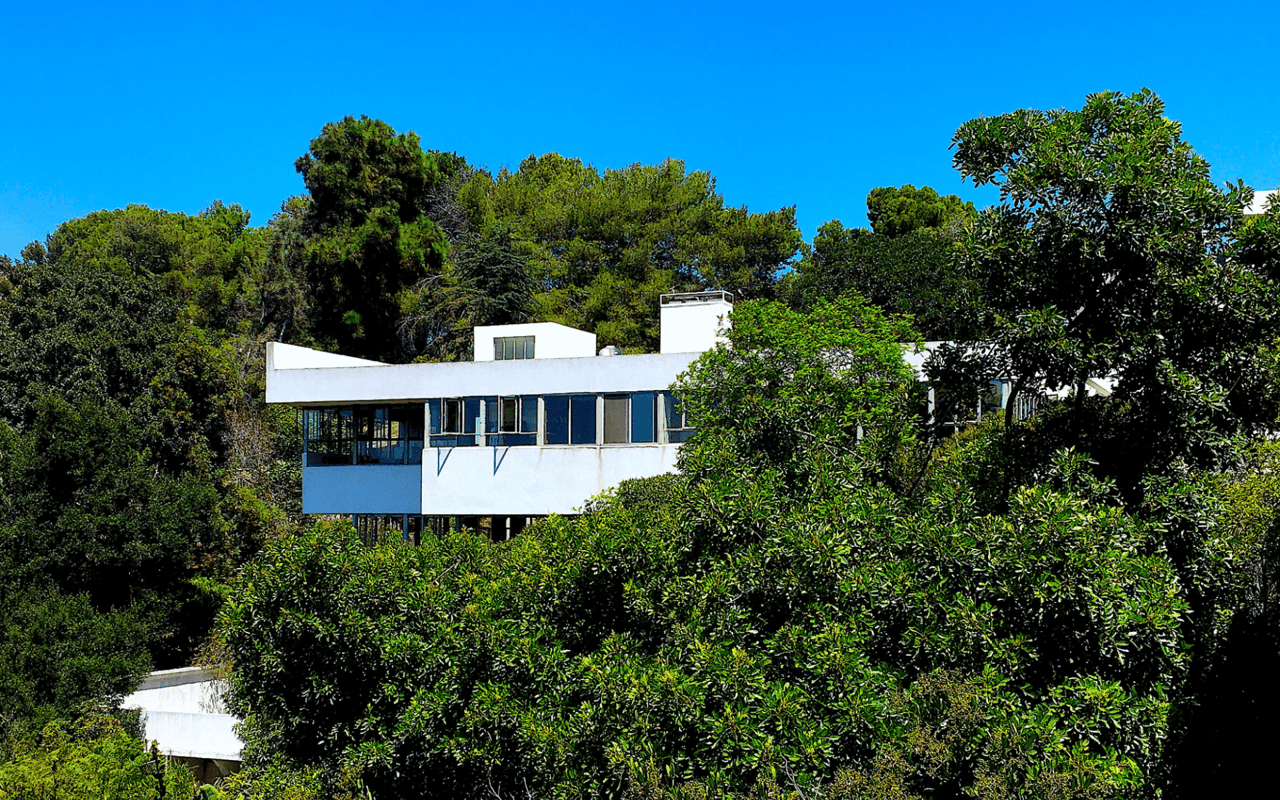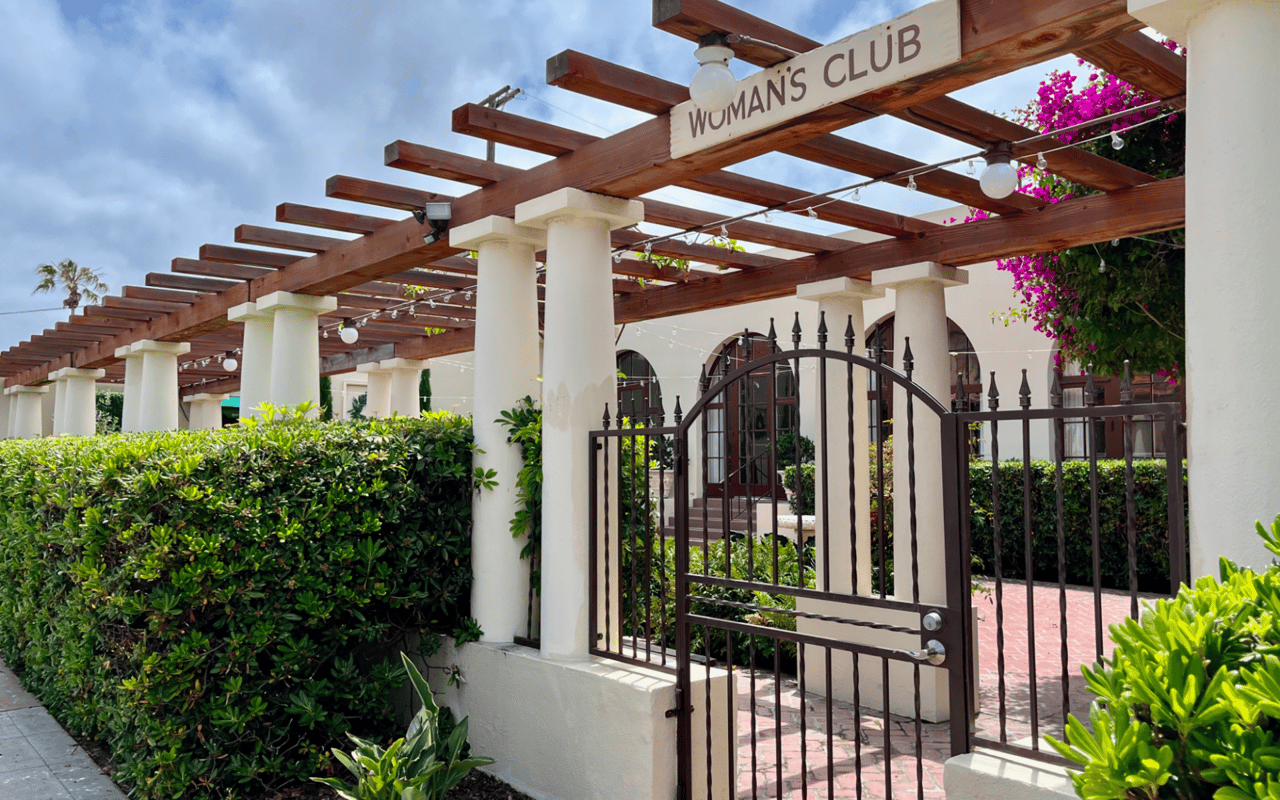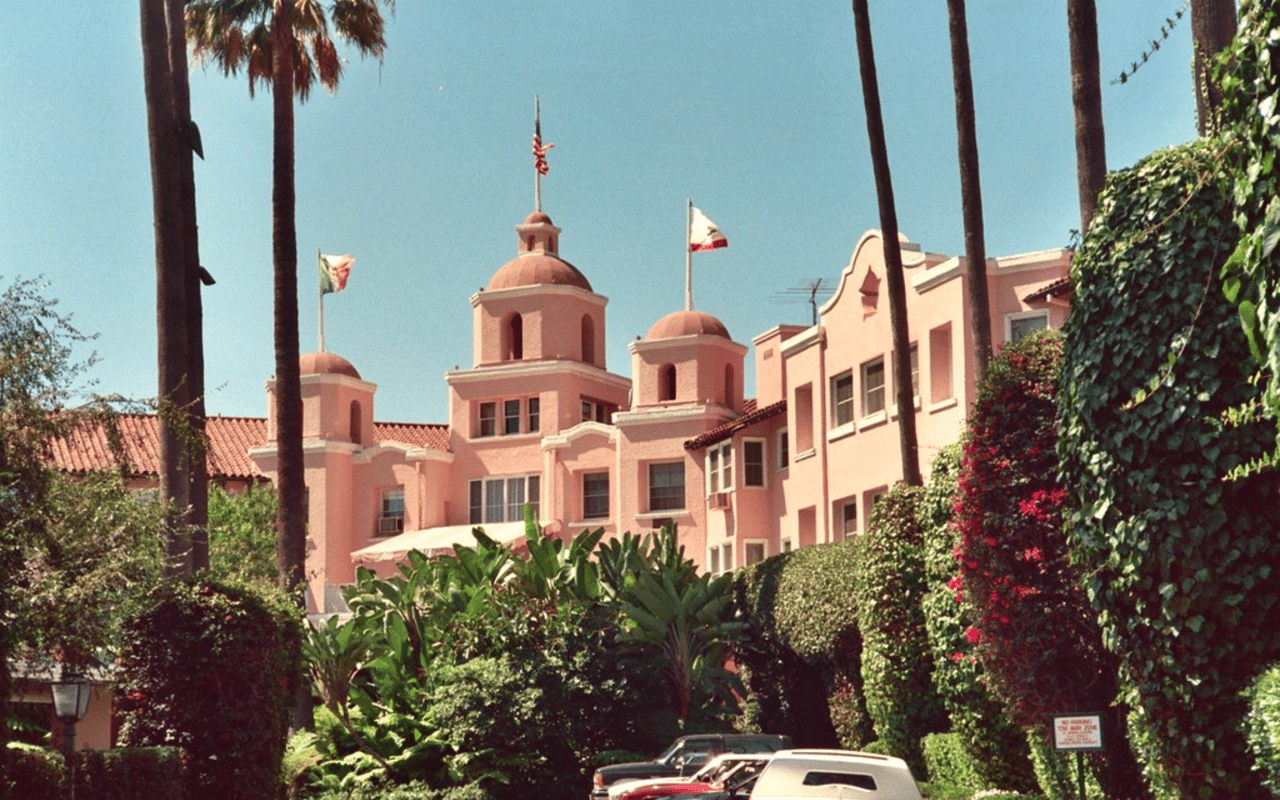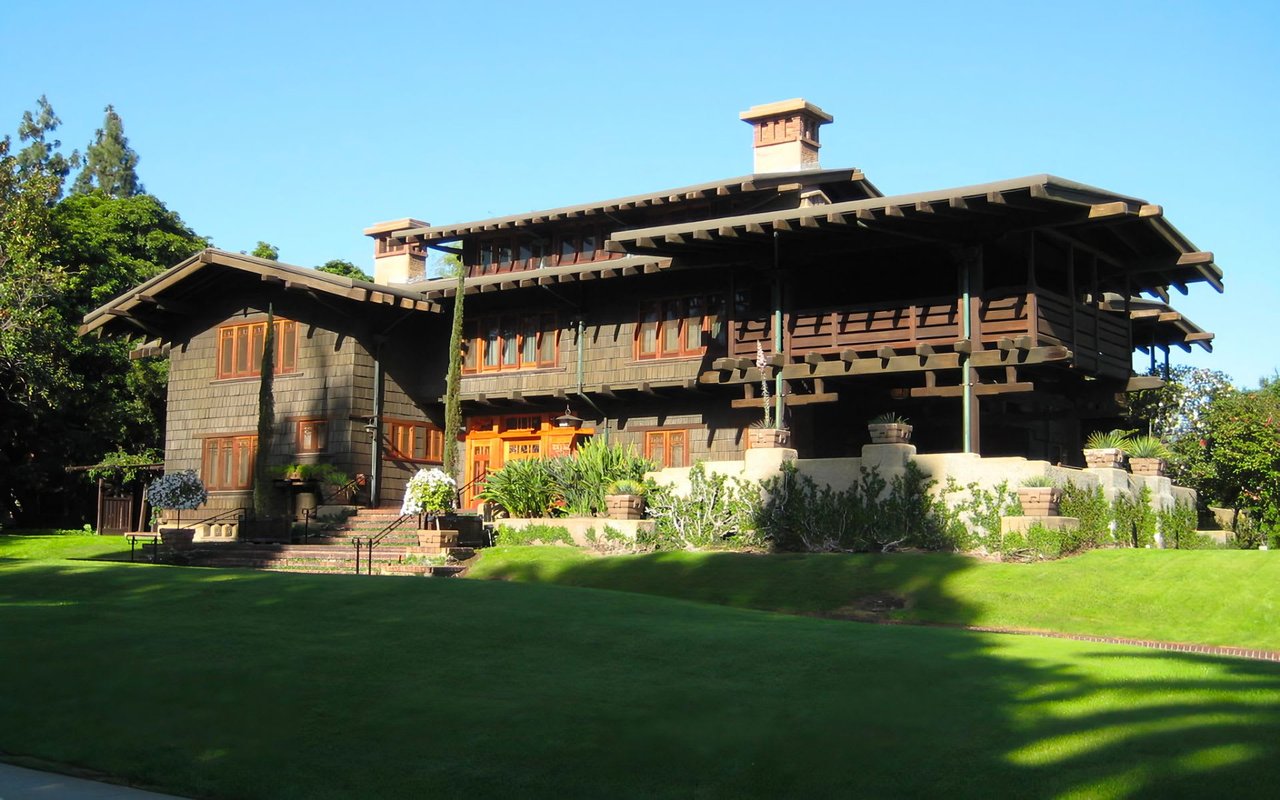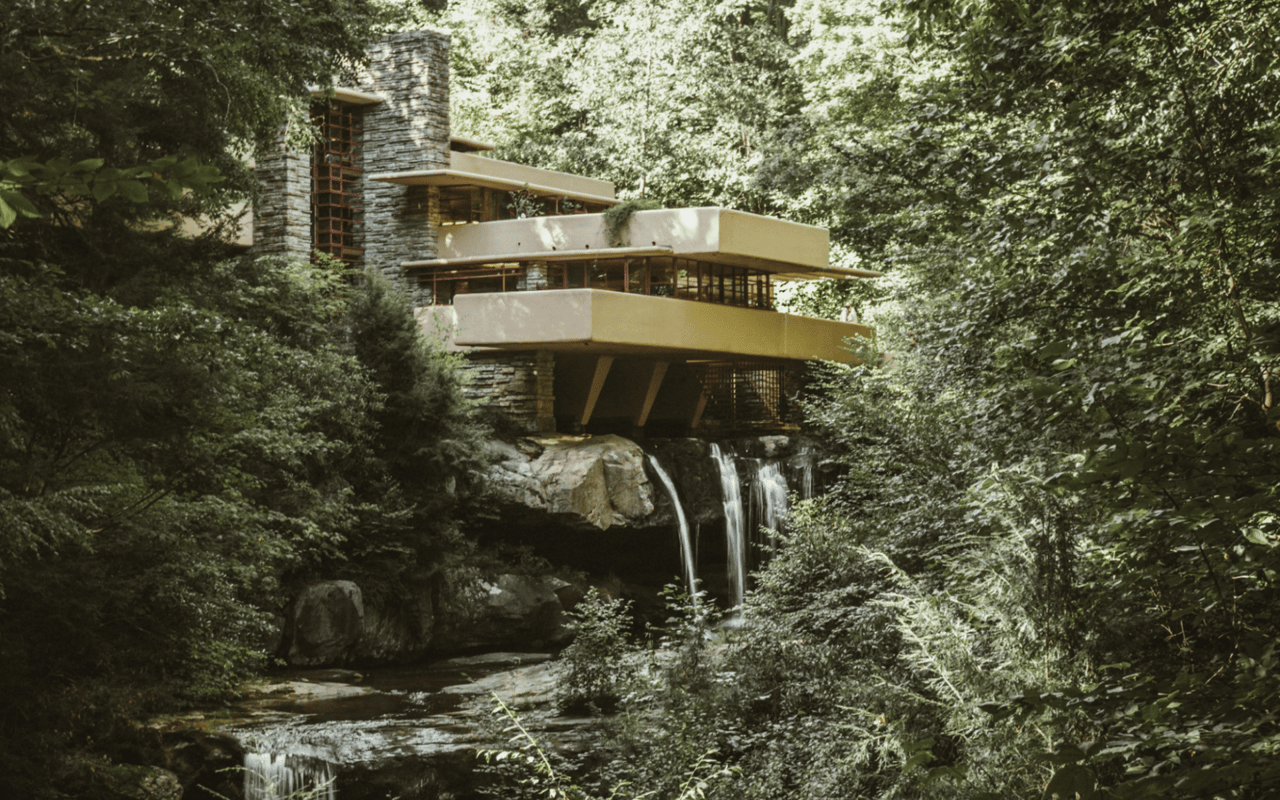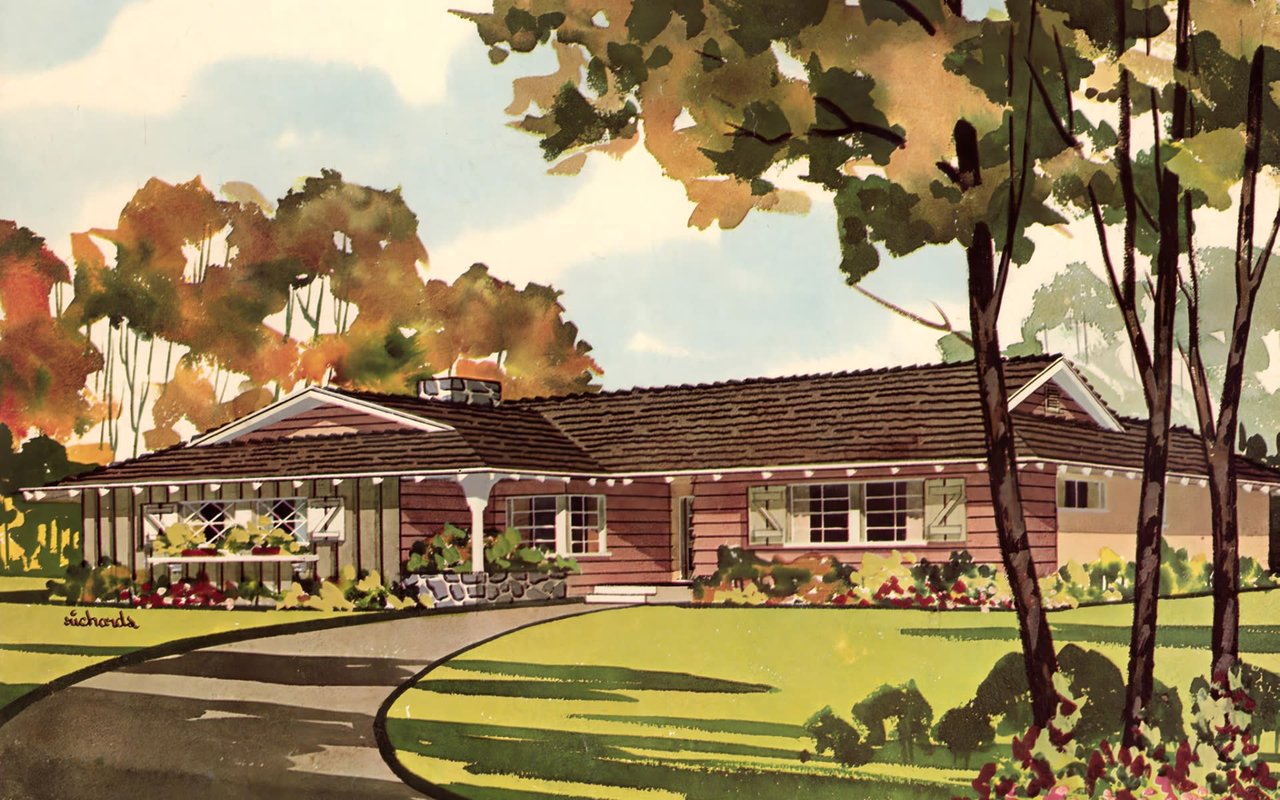John Lautner, renowned for his bold and visionary architecture, left an indelible mark on the world with his innovative designs that continue to inspire architects and enthusiasts alike. From futuristic residences to iconic public spaces, Lautner's work embodies the essence of mid-century modernism and pushes the boundaries of architectural innovation. Let’s delve into the life and legacy of John Lautner, celebrating his groundbreaking contributions to the field of architecture.
Early Life and Career Beginnings
Born in 1911 in Michigan, John Lautner's early exposure to architecture and design set the stage for his future career as a pioneering architect. He studied under Frank Lloyd Wright at Taliesin, where he honed his skills and developed a deep appreciation for organic architecture and the integration of natural surroundings into built environments. This early influence would shape Lautner's distinctive approach to architectural design throughout his career.
Philosophy of Organic Architecture
Central to John Lautner's architectural philosophy was the concept of organic architecture, which emphasizes harmony between human habitation and the natural world. Lautner believed in creating structures that respond to their surroundings, using innovative techniques and materials to achieve seamless integration with the environment. His designs often featured sweeping curves, expansive glass walls, and open floor plans that invited natural light and panoramic views into the living spaces.
Iconic Works and Contributions
John Lautner's portfolio encompasses a diverse array of projects that highlight his boundless creativity and technical prowess. Among his most iconic creations is the Chemosphere House (1960), a masterpiece of modernist architecture delicately perched atop a single concrete column. This unique design not only offers unparalleled views of the Los Angeles skyline but also showcases Lautner's innovative approach to integrating living spaces with their natural surroundings.
Another standout in Lautner's repertoire is the Sheats-Goldstein Residence (1963), renowned for its fluid interior spaces and a distinctive concrete roof that appears to float effortlessly above the living area. This residence exemplifies Lautner's mastery of form and function, where every architectural element is meticulously designed to enhance both aesthetic appeal and functional harmony within the environment.
Lautner's architectural vision extended beyond residential projects to encompass public buildings and commercial spaces as well. The Elrod House (1968), famously featured in the James Bond film "Diamonds Are Forever," stands as a testament to Lautner's futuristic design sensibilities and his ability to seamlessly integrate structures with their natural surroundings. Nestled within the rugged desert landscape of Palm Springs, California, the Elrod House exemplifies Lautner's commitment to pushing architectural boundaries while respecting and enhancing the natural environment.
Silvertop (1957-1976), located in the Silver Lake neighborhood of Los Angeles, is a stunning example of Lautner's organic architecture philosophy. Designed for industrialist Kenneth Reiner, this residence features a dramatic concrete roof that blends seamlessly into the hillside, creating a sense of harmony between the built environment and its natural surroundings. Silvertop's interior spaces are characterized by expansive glass walls and innovative use of concrete, allowing natural light to flood the living areas while providing panoramic views of the city below.
Each of John Lautner's works is a testament to his dedication to innovation, sustainability, and the seamless integration of architectural design with the natural world. His ability to combine technical ingenuity with artistic vision has left an indelible mark on the world of architecture, inspiring generations of architects and continuing to shape contemporary architectural discourse.
Another standout in Lautner's repertoire is the Sheats-Goldstein Residence (1963), renowned for its fluid interior spaces and a distinctive concrete roof that appears to float effortlessly above the living area. This residence exemplifies Lautner's mastery of form and function, where every architectural element is meticulously designed to enhance both aesthetic appeal and functional harmony within the environment.
Lautner's architectural vision extended beyond residential projects to encompass public buildings and commercial spaces as well. The Elrod House (1968), famously featured in the James Bond film "Diamonds Are Forever," stands as a testament to Lautner's futuristic design sensibilities and his ability to seamlessly integrate structures with their natural surroundings. Nestled within the rugged desert landscape of Palm Springs, California, the Elrod House exemplifies Lautner's commitment to pushing architectural boundaries while respecting and enhancing the natural environment.
Silvertop (1957-1976), located in the Silver Lake neighborhood of Los Angeles, is a stunning example of Lautner's organic architecture philosophy. Designed for industrialist Kenneth Reiner, this residence features a dramatic concrete roof that blends seamlessly into the hillside, creating a sense of harmony between the built environment and its natural surroundings. Silvertop's interior spaces are characterized by expansive glass walls and innovative use of concrete, allowing natural light to flood the living areas while providing panoramic views of the city below.
Each of John Lautner's works is a testament to his dedication to innovation, sustainability, and the seamless integration of architectural design with the natural world. His ability to combine technical ingenuity with artistic vision has left an indelible mark on the world of architecture, inspiring generations of architects and continuing to shape contemporary architectural discourse.
Legacy and Influence
John Lautner's architectural legacy extends far beyond his lifetime, influencing generations of architects and continuing to shape the built environment today. His innovative designs and fearless approach to architecture challenged conventions and expanded the possibilities of modernist design. Lautner's influence can be seen in the works of contemporary architects who strive to blend artistry with technical expertise, creating structures that harmonize with their surroundings while pushing the boundaries of architectural form and function.
Lautner's commitment to organic architecture and his belief in architecture as a means of enhancing human experience resonates deeply in today's architectural discourse. His emphasis on sustainability, spatial fluidity, and the integration of natural elements remains relevant as architects seek to create environments that foster well-being and connection to the natural world. By exploring Lautner's legacy, architects and enthusiasts alike gain insights into the transformative power of architecture to shape communities, inspire creativity, and elevate the human spirit.
Lautner's commitment to organic architecture and his belief in architecture as a means of enhancing human experience resonates deeply in today's architectural discourse. His emphasis on sustainability, spatial fluidity, and the integration of natural elements remains relevant as architects seek to create environments that foster well-being and connection to the natural world. By exploring Lautner's legacy, architects and enthusiasts alike gain insights into the transformative power of architecture to shape communities, inspire creativity, and elevate the human spirit.
Recognition and Awards
Throughout his illustrious career, John Lautner received numerous awards and accolades for his contributions to architecture and design. In addition to being named a Fellow of the American Institute of Architects (AIA), Lautner was honored with prestigious awards such as the Gold Medal from the AIA Los Angeles Chapter and the Frank Lloyd Wright Award for Outstanding Achievement in Architecture. His works have been celebrated in exhibitions worldwide, further cementing his status as a pioneering figure in modernist architecture.
Addresses of Homes Designed by John Lautner
- 78 Malibu Colony Rd, Malibu, CA
- 22426 Pacific Coast Hwy, Malibu, CA 90265
- 32402 Pacific Coast Hwy, Malibu, CA 90265
- 32316 Pacific Coast Hwy, Malibu, CA 90265
- 24444 Malibu Rd, Malibu, CA 90265
- 6515 Point Lechuza Dr, Malibu, CA 90265
- 2215 Park Drive, Los Angeles, CA
- 7714 Woodrow Wilson Drive, Los Angeles, CA
- 1221 Hilldale Ave, Los Angeles, CA
- 2107 West Silver Lake Drive, Los Angeles, CA
- 7144 Hockey Trail, Los Angeles, CA
- 932 Rome Drive, Los Angeles, CA
- 3540 Multiview Drive, Hollywood, CA
- 3542 Multiview Drive, Hollywood, CA
- 12445 Viewcrest Road, Studio City, CA
- 1430 Avon Terrace, Los Angeles, CA
- 7301 Mulholland Drive, Los Angeles, CA
- 10919 Strathmore Drive, Los Angeles, CA
- Many more of John Lautner’s designs can be found online.
Discover the Best of Southern California
Bill & Daniel Moss have been representing architecturally significant homes in Malibu for 40 years including works by Craig Ellwood, Ed Niles, David Gray, Doug Burdge and many other influential Architects throughout the years. Bill & Daniel understand that these homes are a piece of art more than just a home and those details can be seen in every aspect of the home. Bill & Daniels admiration and understanding of the nuances each of these architects used to create their independent identity is what allows them to showcase architecturally significant properties to the standard they deserve. If you would like to discuss finding a specific property or are fortunate to own one yourself, we would love to work with you.


